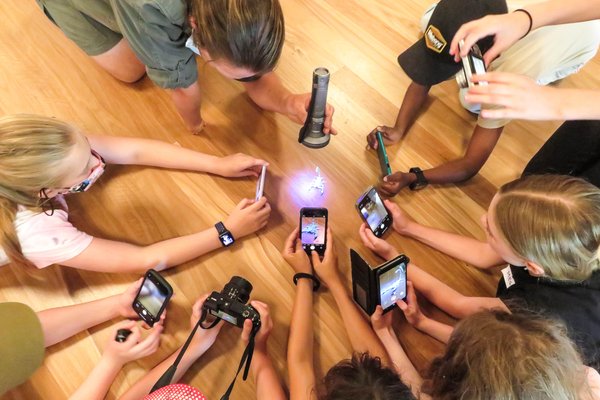How much did a scorpion cost in 1945?
Taking a position with the Aneityum Logging Company, New Hebrides, in 1945 provided the perfect opportunity for Jules Feldman to collect specimens for Mel Ward’s private “Gallery of Natural History and Native Art” at Medlow Bath in the Blue Mountains. In letters recently received by the Australian Museum, Ward confirmed with Feldman the conditions upon which the natural history specimens would be collected.
Ward sent a copy of the Collectors Handbook published by the British Museum which included instructions on how to make bird skins. Adding to these more formal instructions were preservation directions. And to assist the process Mel promised to arrange for “a small box of collecting gear to be got ready so that you would not be scratching for preserving jars”.
From the list of specimen prices that follows we learn that 6 pence is paid for a large scorpion whereas only 4 pence for a small scorpion; spiders & butterflies are further graded into large, medium and small whereas snakes are paid 1 shilling per foot. Ethnological objects were collected not just for the Gallery but also for exchange with overseas museums. Ward, we read, will pay within a range of 1 shilling to 5 shillings for ornaments used on the body”.
Held at the Australian Museum Archives is a collection of letters written to Ward. Amongst these is the other half of this story for Feldman wrote the preserving boxes did not arrive with his letter and consequently Feldman has lost some of the specimens to ants. Later in the year the promised preservative had not arrived and Feldman tried substitutes which unfortunately resulted in a “holy mess”. Feldman added “the manager refused to part with his quart of Methylated, which he uses to dilute the iodine for medication of natives”.
Despite these set-backs specimens were received as Ward wrote expressing his thanks for the specimens. Further he provided identification and descriptive information about many of the specimens, though Ward admitted he would seek assistance from the Australian Museum to identify the species of some spider specimens.












